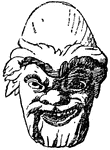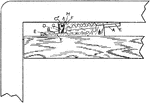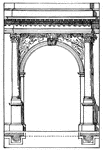Clipart tagged: ‘keystone’

Arch
"The blocks, which are technically known as voussoirs, should be of a wedge shape, the center or top…
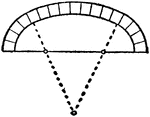
Center Arch
"Three center arches, employed in French Flamboyant." — The Encyclopedia Britannica, 1910
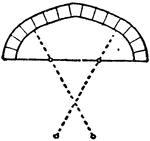
Center Arch
"Four center arches, employed in the Perpendicular and Tudor periods." — The Encyclopedia Britannica,…
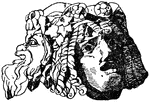
Mask Decoration
The mask decoration was founded in Pompeii, Rome. These masks were used as keystone decorations of doors…

SideMask Decoration
The mask decoration was found in Pompeii, Rome. These masks were used as keystone decorations of doors…

Elliptical Arch
"Upright elliptical arch, sometimes called the egg-shaped arch, employed in Egyptian and Sassanian architecture."…
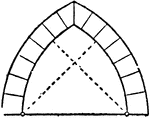
Equilateral Arch
"Equilateral pointed arches, described from two centers, the radius being the whole width of the arch."…

Flat Arch
"Flat arch, where the soffit is horizontal and sometimes slightly cambered (dotted line)." — The…

Foiled Arch
"Pointed foiled arches, in the arcades of Beverley Minister and Netley Abbey." — The Encyclopedia…
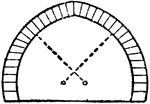
Horseshoe Arch
"Pointed horseshoe arches, found in the mosque of Tulun, Cairo, 9th century." — The Encyclopedia…
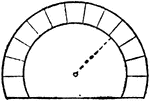
Horseshoe Arch
"Horseshoe arch, with the center above the springing; employed in Moorish architecture." — The Encyclopedia…
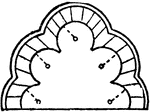
Multifoil Arch
"Multifoil cusped arch, invented by the Moors at Cordova in the 10th century." — The Encyclopedia…
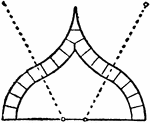
Ogee Arch
"Ogee arches, with curves of counter flexure, found in English Decorated and French Flamboyant." —…

Segmental Arch
"Segmental arch, where the center is below the springing." — The Encyclopedia Britannica, 1910

Semicircular Arch
"Semicircular arch, he center of which is in the same line with its springers." — The Encyclopedia…
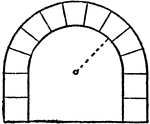
Stilted Arch
"Stilted arches, where the center is below the springing, but the sides are carried down vertically."…



